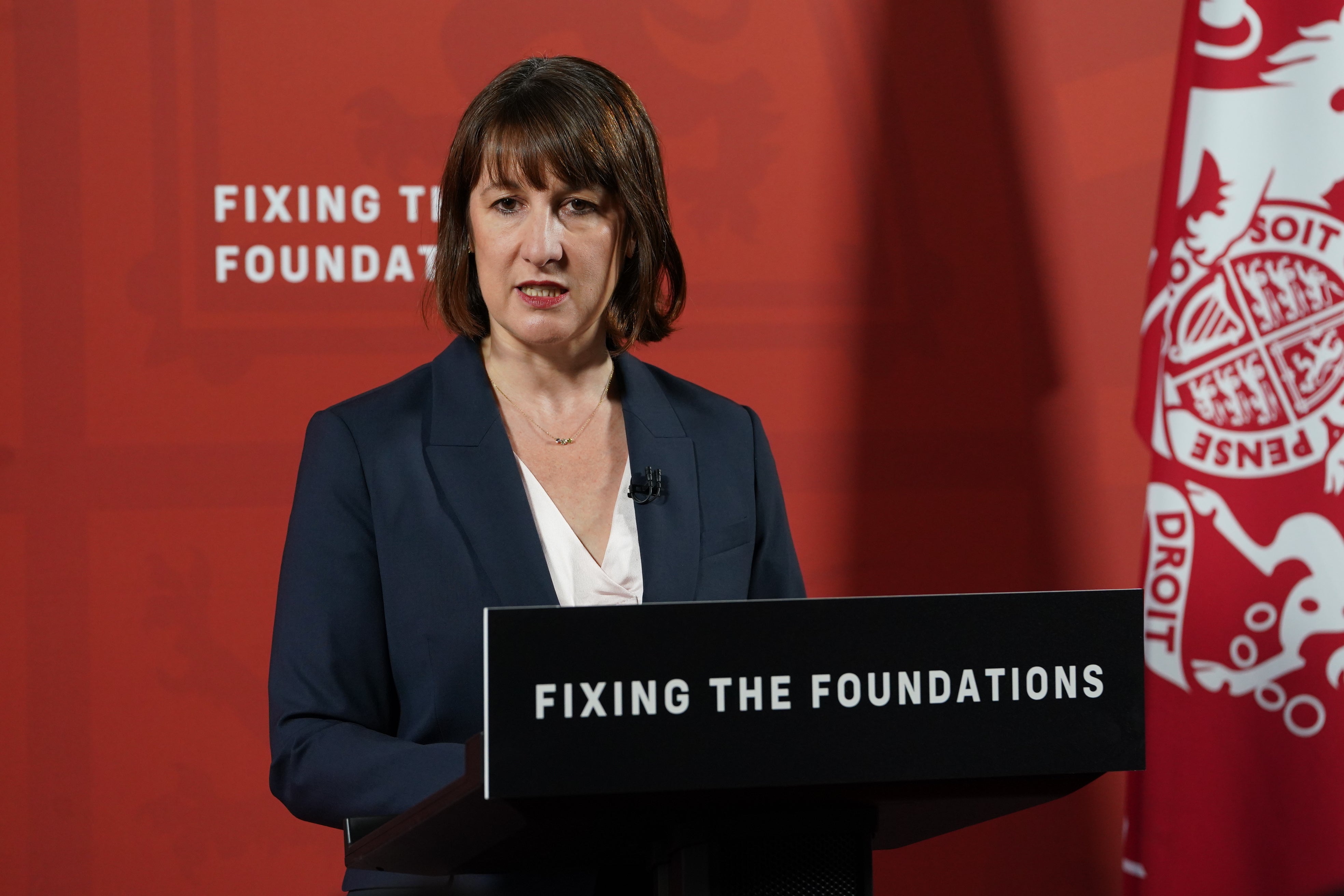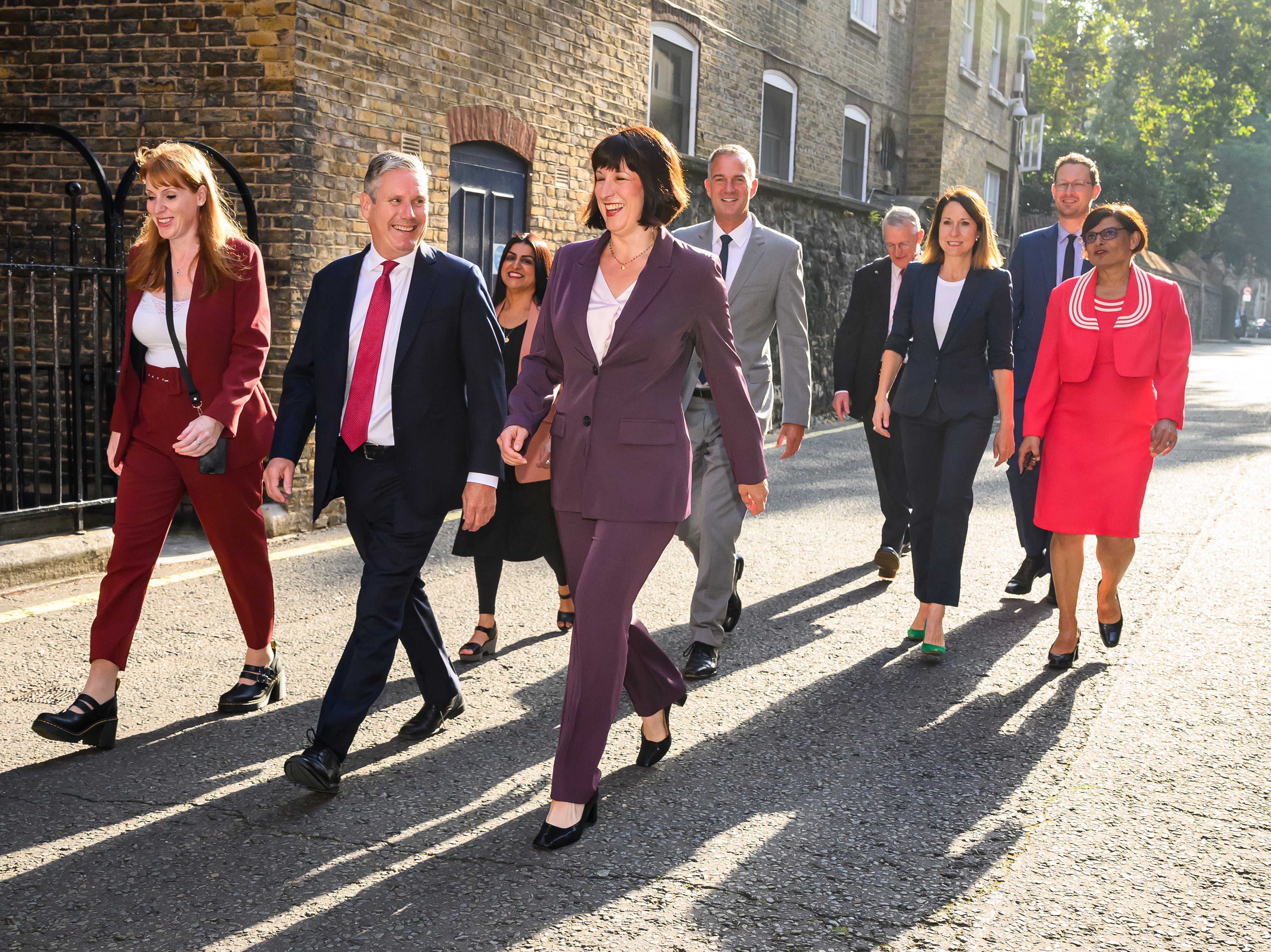What is the answer to Britain’s labour shortage?
As the ONS releases new figures on the state of the economy, Sean O’Grady looks at what is holding the country back – and what the new government can do about it


Unemployment down. Numbers in work up. Wages rising faster than inflation. What’s not to like?
Well, the truth is that the latest readings on the state of the UK labour market are certainly not bad news, as such, but neither do they indicate that the country is set for a rapid round of interest-rate cuts, let alone that much-needed boost to economic growth that everyone would love to see.
The basic picture is still of wage inflation that is still too high for comfort, and an acute shortage of labour in general, as well as of workers with specific skills. The chancellor, Rachel Reeves, is certainly not in a celebratory mood: “There is more to do in supporting people into employment ... This will be part of my Budget later in the year, where I will be making difficult decisions on spending, welfare and tax to fix the foundations of our economy so we can rebuild Britain and make every part of our country better off.”
So is this evidence of ‘the worst set of economic circumstances since World War Two’?
Reeves has often complained about the mess she is having to clear up, but it’s obviously not as dire a situation as that encountered by, say, the Labour government in 1974, or the Tories (more arguably) in 2010, because the economy is, despite everything, more competitive and robust. She does have a stronger case about the parlous state of the public finances and national debt – and those affect the “real economy”, too.
On balance, given poor long-term trends in investment and productivity, Reeves is right to worry about Britain being trapped in a semi-permanent “doom loop” of low growth, high taxes and spiralling debt.
What is the outlook for inflation?
The good news is that most of the energy price shock triggered by the Ukraine war is behind us, and that has greatly helped to more than halve inflation since the end of 2023 (as Rishi Sunak promised to do). Indeed, it is now at its official target of 2 per cent, though is expected to edge up a bit in the coming months, as energy prices have fluctuated.
But there is bad news, too. Although overall wage growth is moderating to an annual rate of 5.4 per cent (the lowest in two years) and is buying more, that also means an increase in wage costs, and these are still being passed on to consumers. This is especially true in the private sector as well as in the services sector, where wages are more than 70 per cent of costs.
The glaring statistic that jumps out of the Office for National Statistics (ONS) release is that pay inflation in the “service activities sector” is running at 8.4 per cent. That suggests that the medium-term outlook for inflation is less optimistic than the current 2 per cent reading suggests. There are simply too few workers, meaning that wages are being bid higher, and costs are rising. Much of that will end up being paid for by higher prices – the dreaded wage-price spiral is at work, though there are also signs of it easing.
Will interest rates come down?
Yes, but because of the persistence of wage inflation and uncertainties about where it will settle, we may not see much radical rate-slashing for many months to come. The cut in the Bank rate from 5.25 to 5 per cent may be repeated in November (the next likely date for a move), but the Bank of England needs more and better-quality data on the labour market. So mortgages will still be on the high side well into next year.
Why is there a shortage of labour?
It isn’t because the British have suddenly become layabouts living off newly generous social security payments. The short answer is “Brexit and long Covid.” Brexit, notwithstanding high immigration levels under the visa system, has restricted the supply of workers, especially in farming, social care and hospitality. Long Covid has also meant more people suffering long-term sickness for indeterminate periods.

More established trends reducing the labour supply include the rise in early retirement, with those who are lucky enough to have a final-salary pension scheme, and/or to have made a lot of money from cashing in the equity in their home, having no desire to go and work in a hospital or a warehouse.
The Resolution Foundation also suggests that the rise in “economic inactivity” – that is, people not needing, wishing or being able to work – is also being driven by young people with long-term health conditions, particularly mental health problems: “People in their early twenties are now more likely to be out of work due to sickness than people in their early forties, which is really worrying.”
What can the government do?
Reeves, working with the work and pensions secretary Liz Kendall, is promising some action on getting people back into the labour market. This will probably be a mix of reforms to social security eligibility and fitness assessments; more training; new apprenticeships; changing the way jobcentres work; and improving mental health care. The Labour manifesto warned, ominously: “Our system will be underpinned by rights and responsibilities – people who can work, should work – and there will be consequences for those who do not fulfil their obligations.”
It has to be said, all this is basically a continuation of the policies pursued by Reeves and Kendall’s predecessors, Jeremy Hunt and Mel Stride – same problems, similar policies.
Will it work?
Common sense suggests that reforms to welfare and training will not transform the situation in the labour market, and that if the government is serious about reducing net migration, then it is hard to see where all these new workers are going to come from.
Britain’s economic problem is that it has too few workers. Some of that can be fixed with more automation and artificial intelligence – such as automated supermarket checkouts or chatbots on websites – but not all, and in any case, this requires substantial private-sector investment. In conclusion, the labour shortage is very bad news for growth, living standards, and the prospects of success for the Starmer administration.






Join our commenting forum
Join thought-provoking conversations, follow other Independent readers and see their replies
Comments